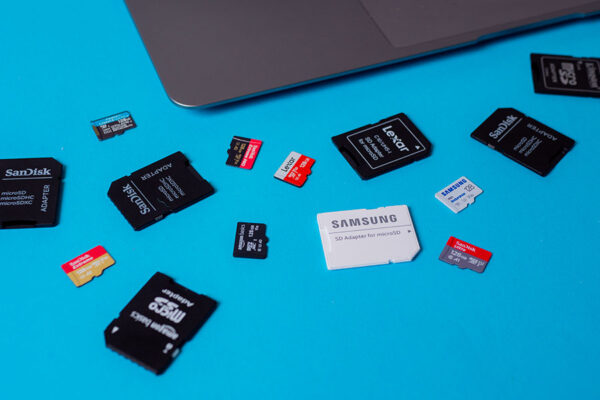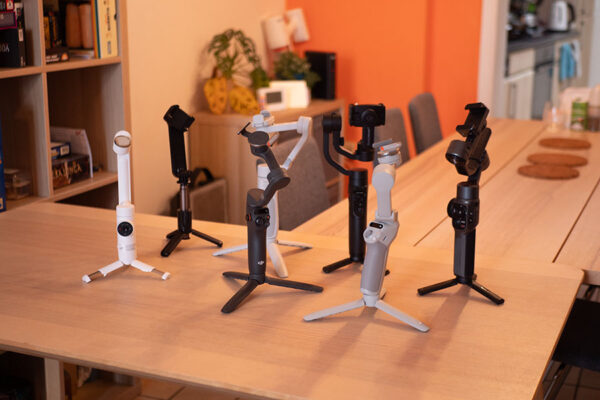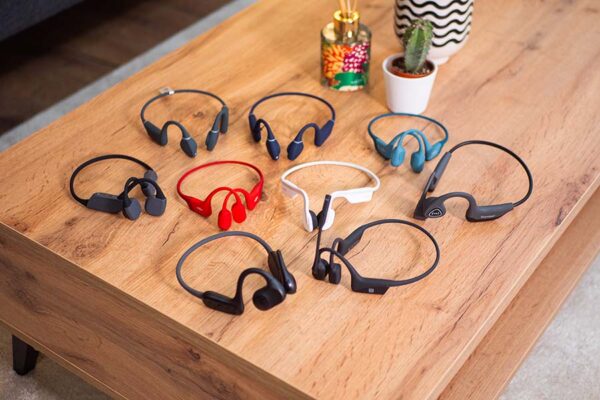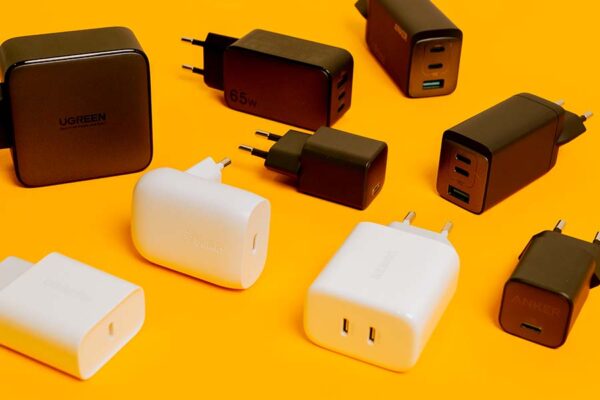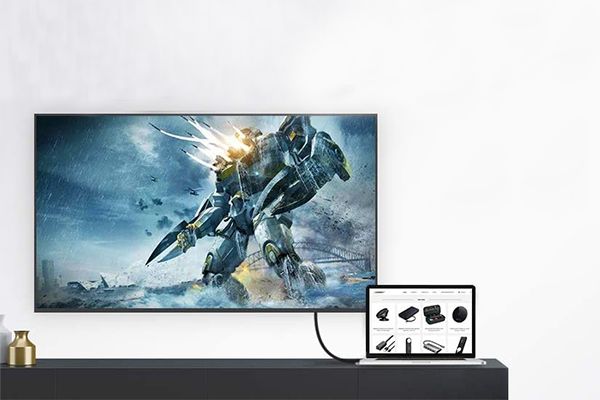Updated on 8 May 2023
The OLED, perfect blacks and infinite contrast
 GOOD POINTS
GOOD POINTS
Perfect blacks
Infinite contrast
Allows to design thinner models
 NEGATIVE POINTS
NEGATIVE POINTS
Reserved for the high end
Limited maximum brightness
OLED is the most efficient but also the most expensive display technology. It is used both on televisions and on our smartphones thanks to its many advantages. Unlike QLED, it directly incorporates a lighting system in which each pixel generates its light. They can therefore be controlled independently, allowing full control of the screen and improved management of the different scenes. The result is infinite contrast, brilliant whites, and perfect blacks.
The QLED, excellent colours in a bright environment
 GOOD POINTS
GOOD POINTS
Peak brightness
Amount of detail
Wide colour gamut
 NEGATIVE POINTS
NEGATIVE POINTS
More limited viewing angles
Does not match OLED in contrast
QLED technology, developed by Samsung, is based on the principle of Full LED, i.e. a veil made up of several hundred LEDs spread over the surface of the television.
The brand adds a quantum filter to improve the display sharpness, contrast and colour range of the panel. It is the highest brightness technology available, which makes it particularly relevant for HDR content. The shortcomings are like Full LED with blacks that may lack depth and bloom (uneven backlighting).
Fortunately, the brand’s expertise allows it to be reduced to a strict minimum and therefore, to enjoy a very qualitative rendering. The Neo QLED has just appeared on the market and intends to correct this by multiplying the number of LEDs, based on Mini LED technology.
In short, Samsung uses up to 40 times smaller LEDs to increase the number of LEDs and counteract blooming. This also allows for improved responsiveness with a refresh rate of up to 120 Hz and reduced response times.
In conclusion
In short, OLED differs from QLED in its ability to precisely control each pixel to deliver infinite contrast and deep blacks. QLED, on the other hand, takes advantage thanks to its much higher peak brightness, which makes it particularly effective at rendering true colours, especially in bright environments or in HDR mode.
Your choice should be based on your tastes and the situation in your living room: OLED is ideal for a dark room where users are positioned horizontally to the screen, while QLED is more suitable for a bright room where viewers are seated in the centre of the screen. At the same time, you also need to determine which features are most important to you.
Translated by Ramsés El Hajje
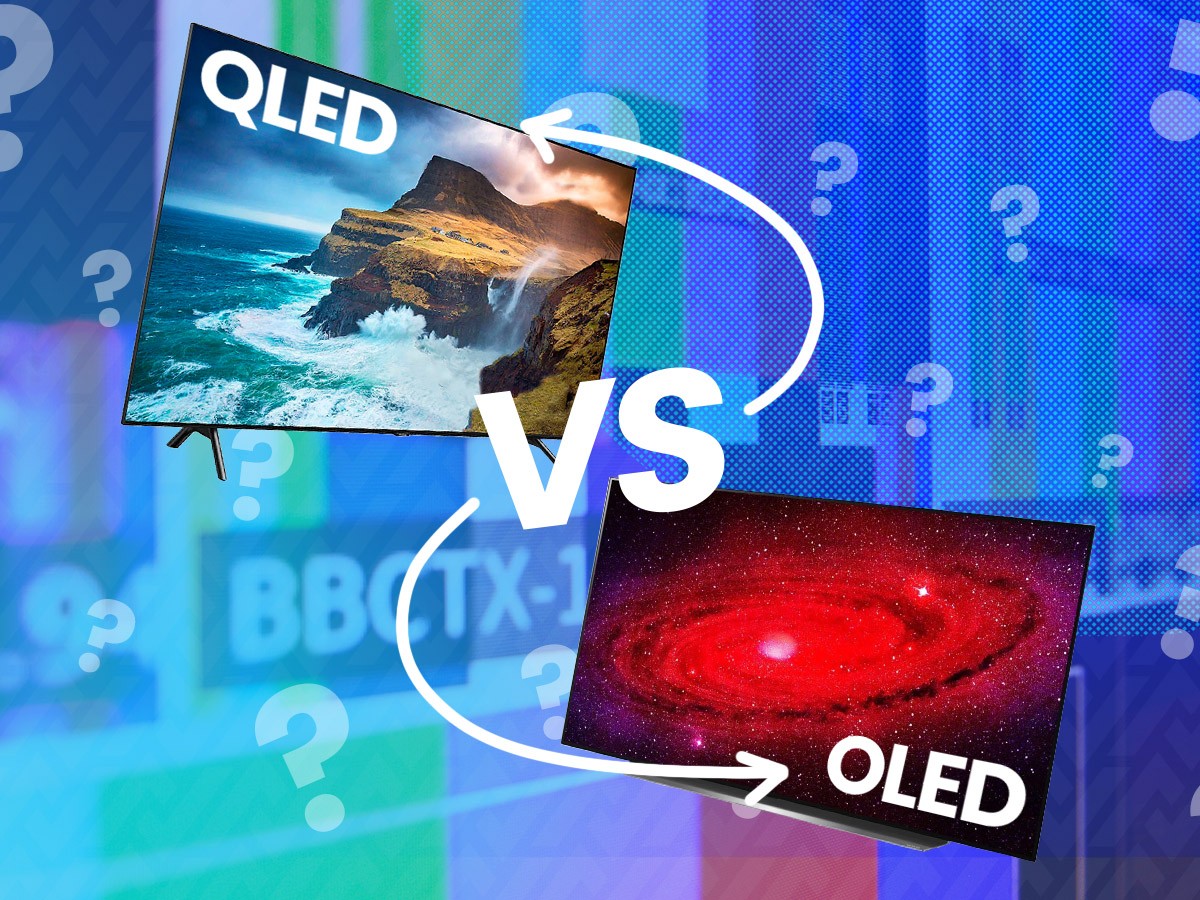
 GOOD POINTS
GOOD POINTS
 NEGATIVE POINTS
NEGATIVE POINTS

